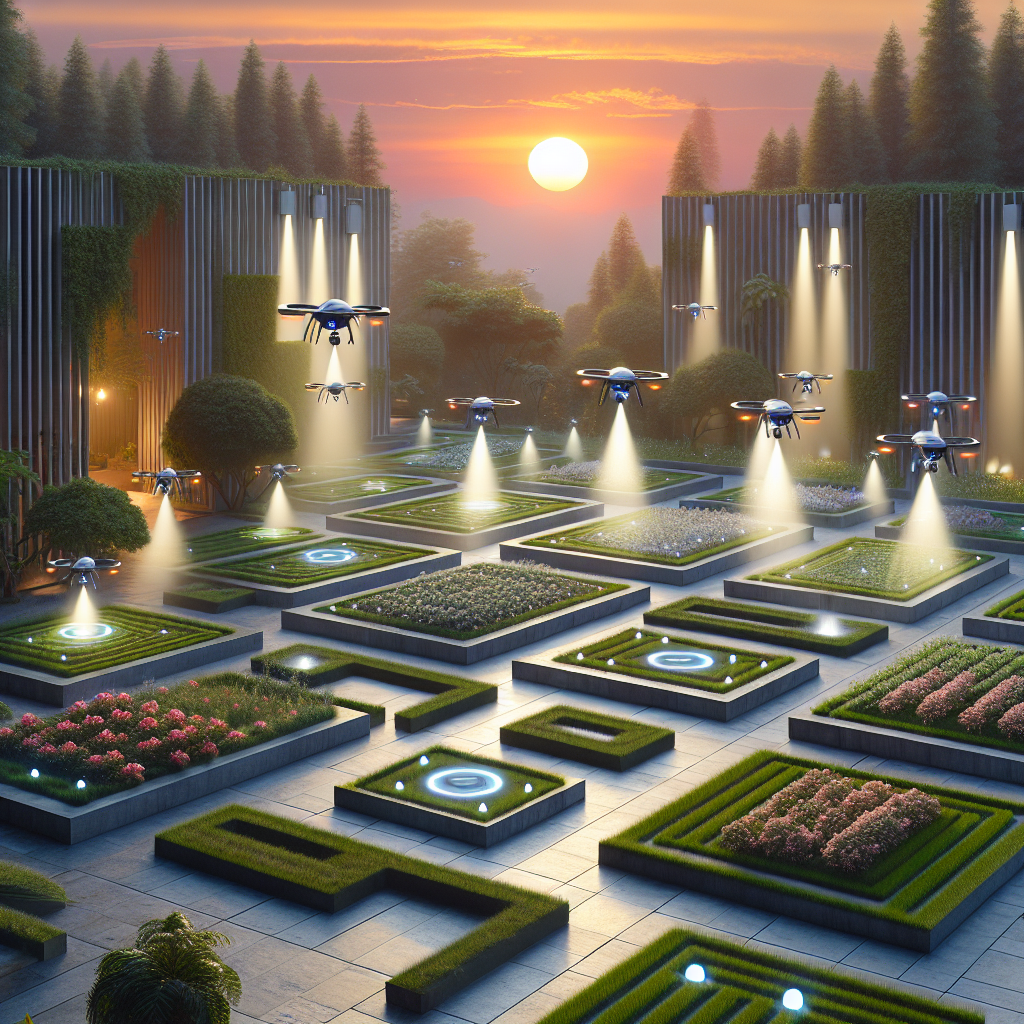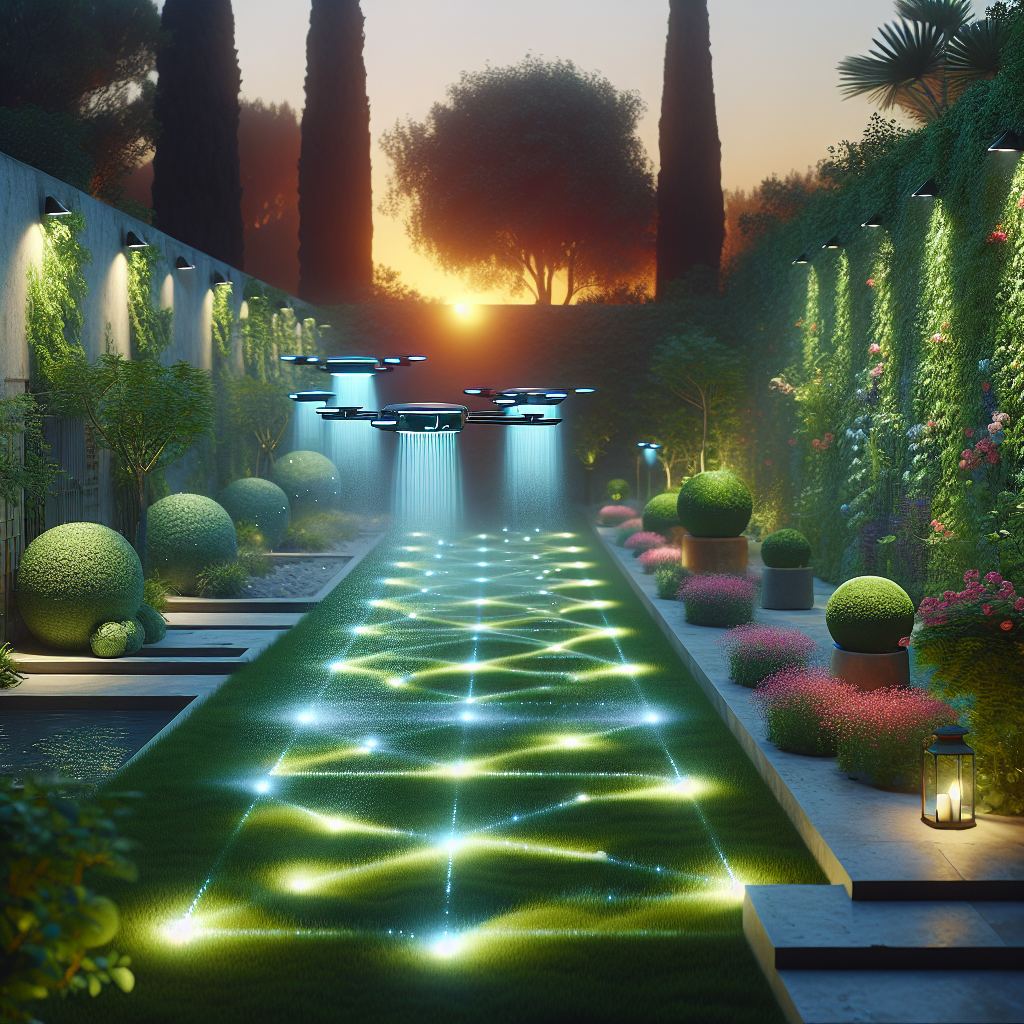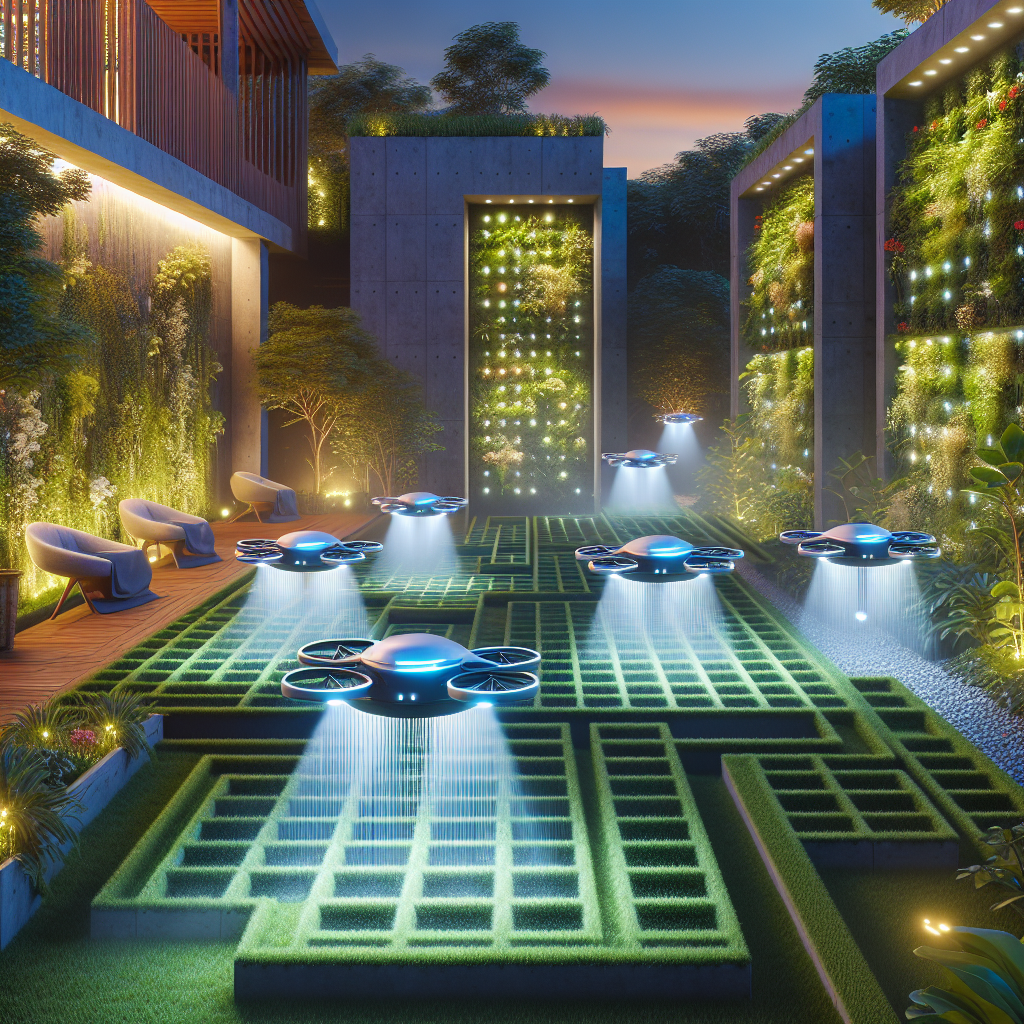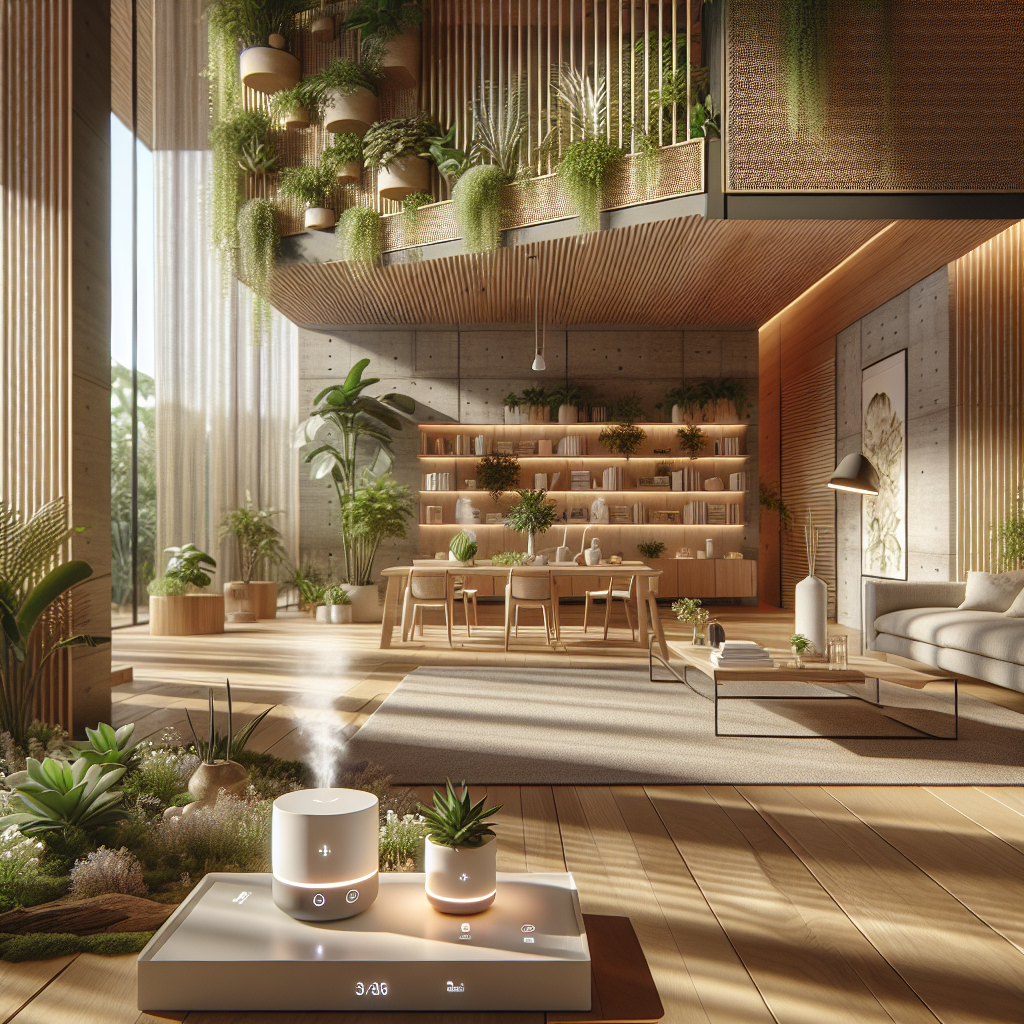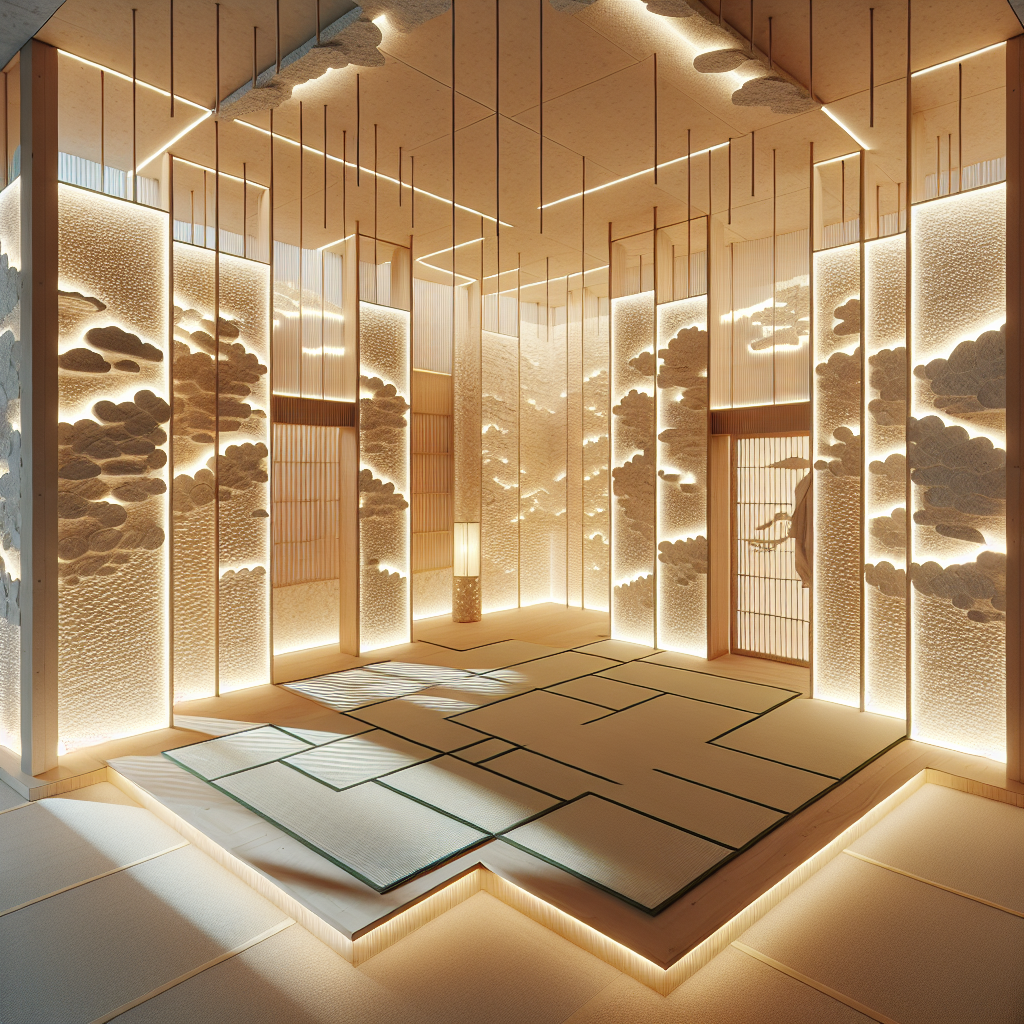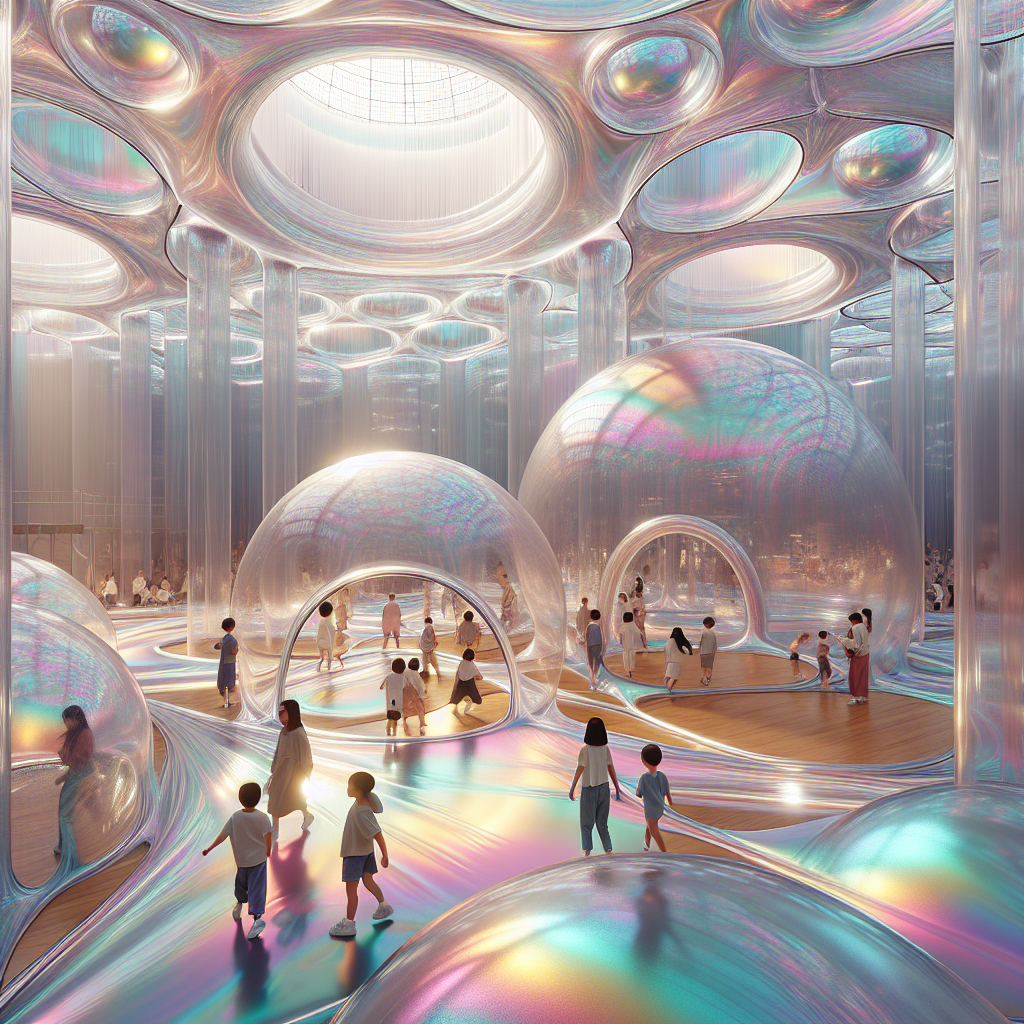Drone-Assisted Gardening: The Future of Lawn Care
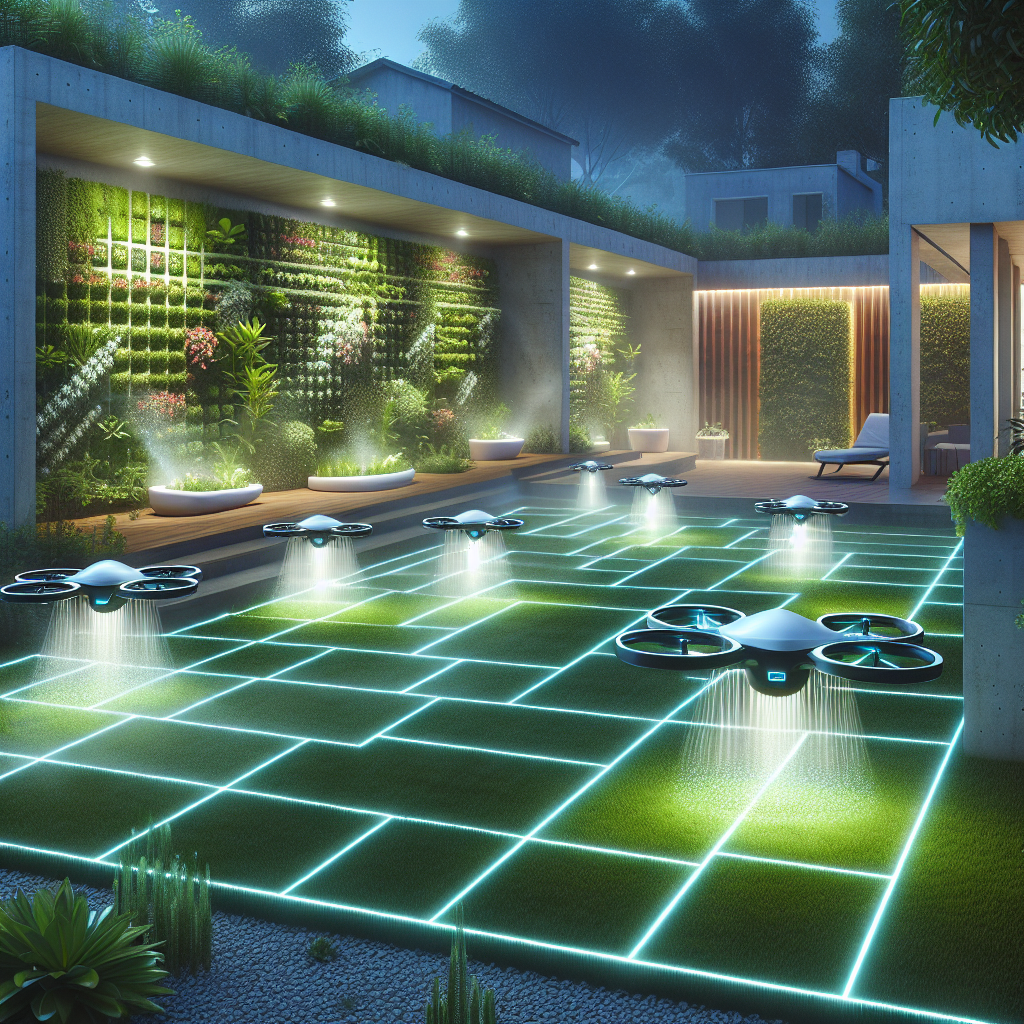
Drone-Assisted Gardening: The Future of Lawn Care is no longer a speculative vision of tomorrow but a rapidly emerging reality in contemporary landscape design. As drones transition from cinematic spectacles and military tools into everyday domestic technologies, their role in reshaping how we cultivate, maintain, and experience green spaces is profound. For architects, designers, and forward-thinking homeowners, drone-assisted gardening represents not only a technological upgrade but also a cultural shift in how we perceive the relationship between technology, nature, and design.
The Rise of Drone Technology in Landscape Design
Over the past decade, drones have evolved from niche gadgets into indispensable tools across industries. In precision agriculture, drones already monitor crop health, optimize irrigation, and reduce pesticide use. This same logic is now being applied to domestic and urban landscapes. Compact drones equipped with multispectral cameras, soil sensors, and AI-driven navigation systems are capable of analyzing lawn health, detecting pests, and even distributing seeds or nutrients with pinpoint accuracy.
For design professionals, this represents a paradigm shift. Gardens, once reliant on manual labor and routine maintenance, can now be curated with surgical precision. The result is not only healthier lawns but also landscapes that embody the ideals of biophilic design—spaces that harmonize human well-being with ecological intelligence.
From Maintenance to Curation: A New Aesthetic
Drone-assisted gardening transcends mere efficiency. It introduces a new aesthetic language for outdoor spaces. Imagine a minimalist courtyard where a drone hovers silently at dusk, releasing a fine mist of water across a geometrically patterned lawn. Or a sprawling villa garden where drones map seasonal changes, adjusting irrigation and fertilization to ensure a lush, sculptural landscape year-round.
In this sense, drones become curators of living architecture. They enable designers to experiment with complex planting schemes—gradients of grasses, pixelated flowerbeds, or even vertical gardens—without the logistical burden of constant manual upkeep. The garden becomes less a static backdrop and more a dynamic, evolving installation.
Data-Driven Greenery: The Smart Lawn
One of the most compelling aspects of drone-assisted gardening is its integration with smart home ecosystems. A drone can be programmed to sync with weather forecasts, soil moisture sensors, and even architectural shading systems. If a week of intense sun is predicted, the drone can preemptively adjust watering schedules. If a shaded corner of the garden shows signs of fungal growth, it can deliver targeted treatment before the problem spreads.
This data-driven approach aligns with broader trends in smart home technology, where the home is no longer a passive shell but an active, responsive organism. The lawn, often overlooked in discussions of smart living, is thus elevated into a fully integrated design element.
Sustainability and Resource Efficiency
In an era where sustainability is paramount, drone-assisted gardening offers significant ecological benefits. According to a 2023 report by the International Society of Horticultural Science, precision irrigation technologies can reduce water consumption by up to 40%. Drones, with their ability to deliver water and nutrients exactly where needed, minimize waste and prevent runoff that often contaminates urban waterways.
Furthermore, drones can be deployed to plant native species or maintain pollinator-friendly habitats, supporting biodiversity in urban environments. This resonates with the ethos of urban farming and rewilding movements, where private lawns are reimagined as micro-habitats that contribute to broader ecological resilience.
Design Case Studies: From Villas to Vertical Cities
In Tokyo, a luxury residential complex recently piloted drone-assisted gardening to maintain its rooftop terraces. The drones not only watered and fertilized the plants but also created aerial time-lapse videos, offering residents a cinematic perspective of their evolving green spaces. In Los Angeles, a private villa integrated drones into its landscape design, using them to sculpt intricate patterns into a wildflower meadow, blurring the line between gardening and land art.
These examples highlight how drones can expand the creative vocabulary of landscape architecture. They allow designers to think beyond traditional lawns and hedges, experimenting with ephemeral, kinetic, and even performative landscapes.
Challenges and Ethical Considerations
Of course, the integration of drones into domestic life is not without challenges. Noise pollution, privacy concerns, and regulatory restrictions remain significant hurdles. The European Union, for instance, has implemented strict guidelines on drone use in residential areas, balancing innovation with public safety. Designers must therefore navigate not only aesthetic and ecological considerations but also legal and ethical frameworks.
There is also the question of accessibility. Will drone-assisted gardening remain a luxury reserved for high-end villas and boutique developments, or will it trickle down into suburban neighborhoods and public parks? Much like 3D-printed housing, the democratization of drone technology will determine its true cultural impact.
The Future of Lawn Care: A Cultural Shift
Drone-assisted gardening is not simply about outsourcing chores to machines. It reflects a deeper cultural transformation in how we relate to our environments. Just as green roofs redefined urban skylines and vertical farming reimagined food production, drones are poised to redefine the lawn as a site of technological, ecological, and aesthetic innovation.
For architects and designers, this opens new avenues of exploration. Gardens are no longer passive landscapes but active, intelligent systems. The drone becomes both gardener and performer, shaping spaces that are as much about spectacle as they are about sustainability.
Conclusion: Designing with Drones
As we stand at the intersection of technology and ecology, drone-assisted gardening invites us to rethink the very notion of lawn care. It challenges the outdated binary of natural versus artificial, suggesting instead a hybrid future where technology amplifies nature’s vitality. For the design community, this is not merely a technical innovation but a creative opportunity: to craft landscapes that are precise yet poetic, efficient yet enchanting.
In the years ahead, as drones become quieter, smarter, and more affordable, their presence in our gardens will feel as natural as the hum of a distant fountain or the rustle of leaves in the wind. The lawn, once a symbol of suburban uniformity, may soon become a canvas for aerial choreography—an evolving artwork curated by machines, yet deeply rooted in human imagination.
